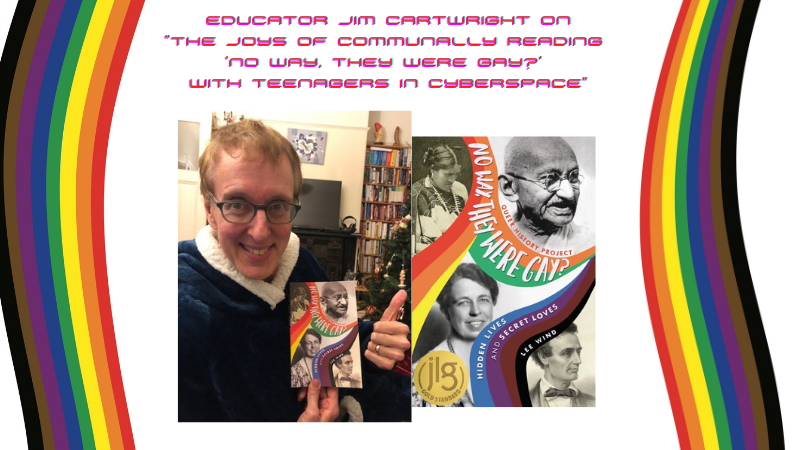
As a gay/queer man with a passion for queer history who is also an educator and an author, I was very excited when Lee Wind’s No Way They Were Gay was released. I pre-ordered it, devoured it as soon as I got it, and learned things that were new to me. I agree with what Linda Sue Park says on the back cover, “ highly recommended for readers age 10-110.” My age is as close to 110 as it is to 10, and I immediately wanted to share this book with my middle and high school students. I work for a free community clinic that has been existing in cyberspace since the onset of Covid. Given that, I decided to get the Kindle version of the book and read it via shared screens with students. It’s proving to be a meaningful and beautiful experience.
While communal reading is very common with young children using picture books, this form of shared reading is often lost once we start to get older. One exception that I remember in my own life was in the early days of my marriage, while my husband was still learning English, we read many picture books out loud together with the goal of helping him become more fluent. Not only did it help with his language skills, but it was also a special bonding experience that felt much more intimate and interactive than watching a film together. I’ve discovered that reading communally with teenagers, including in cyberspace, also helps to develop a warm sense of connection. While many people find teenagers to be challenging, I find them fabulous. I acknowledge that I am privileged in that I get to work with them in a 1:1 context. I admire their curiosity and their openness to exploring queer identities. While I’ve more than once experienced adults who roll their eyes at words like demisexual and nonbinary, I’ve yet to encounter this resistance in the teenagers I know.
Cole, one of the teenagers I work with, commented on how struck he was by how there were many people he had learned about in school(e.g. Lincoln, Gandhi, Shakespeare, Michelangelo, Da Vinci, etc.) without ever thinking about how their sexual, romantic and gender orientations had been erased from history as it’s commonly taught. He also commented that he admired the amount of research that went into this book. We were both moved by the resilience of people who had lived in times when there were no words for, nor legal recognition of, who they were with regard to their sexual orientation and who they loved. It’s helpful that the book is divided into the sections Men Who Loved Men, Woman Who Loved Women, and People Who Lived Outside Gender Boundaries as it helps young people see the difference between how people have behaved and felt throughout time as distinct from identity labels that were either available or unavailable to them, as well as either chosen by them or put upon them.
One of the joys of communally reading this book with teens is discussing how what we are reading about connects to our personal lives. For them, at my age, I’m living history and I can carry the thread of this book into discussing more recent history and how much the world has changed since I was their age. Students are enjoying the format of the book and have commented that they like the photos and the footnotes which are both useful( they often help clarify the meaning of the primary sources quoted in the book) and fun( the first footnote in the Abraham Lincoln section, after reading “We all know who Abraham was,” reads, “Or do we?”) Additionally, our learning has become multi-media as we screen share many youtube videos to supplement what we are reading(e.g. about Carry Grant’s gay relationship with Randall Scott, Christine Jorgensen- including listening to her outer space music(Crazy Little Men), Neo Neptune’s video What Does Two-Spirit Mean?, Marc Almond’s song Lavender) and get on related websites(e.g. The Gender Unicorn, Lee Wind’s blog, etc). I’m so grateful that this book exists. It’s deepening my relationships with my students while expanding their knowledge of histories that have previously been censored and erased in a warm and inspiring place in cyberspace.
***
Thanks, Jim! It’s exciting to hear how “No Way, They Were Gay?” is being read communally and inspiring teens out in the world!

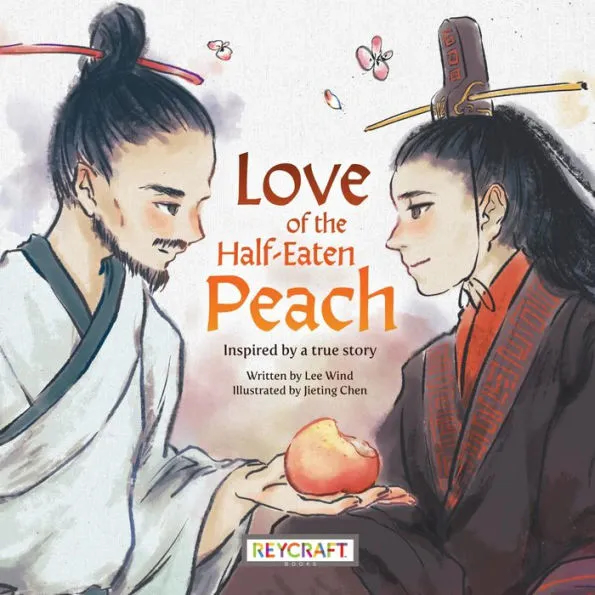
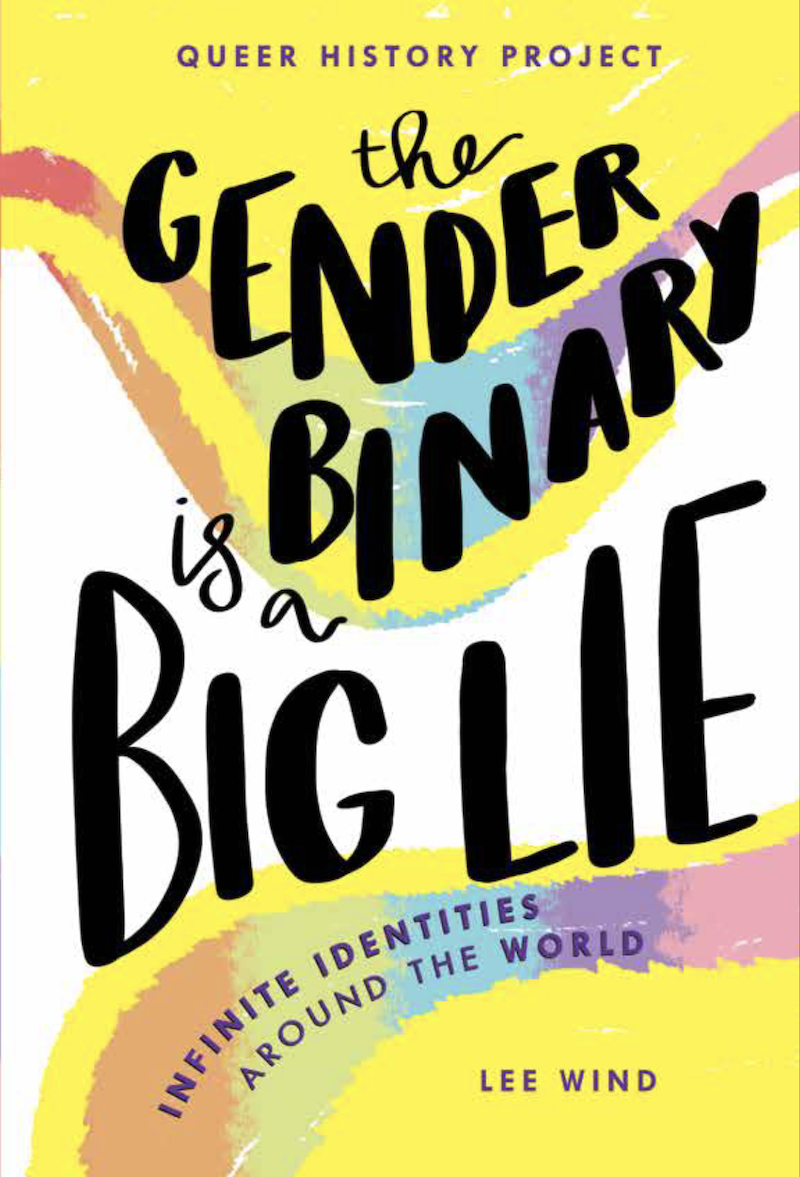
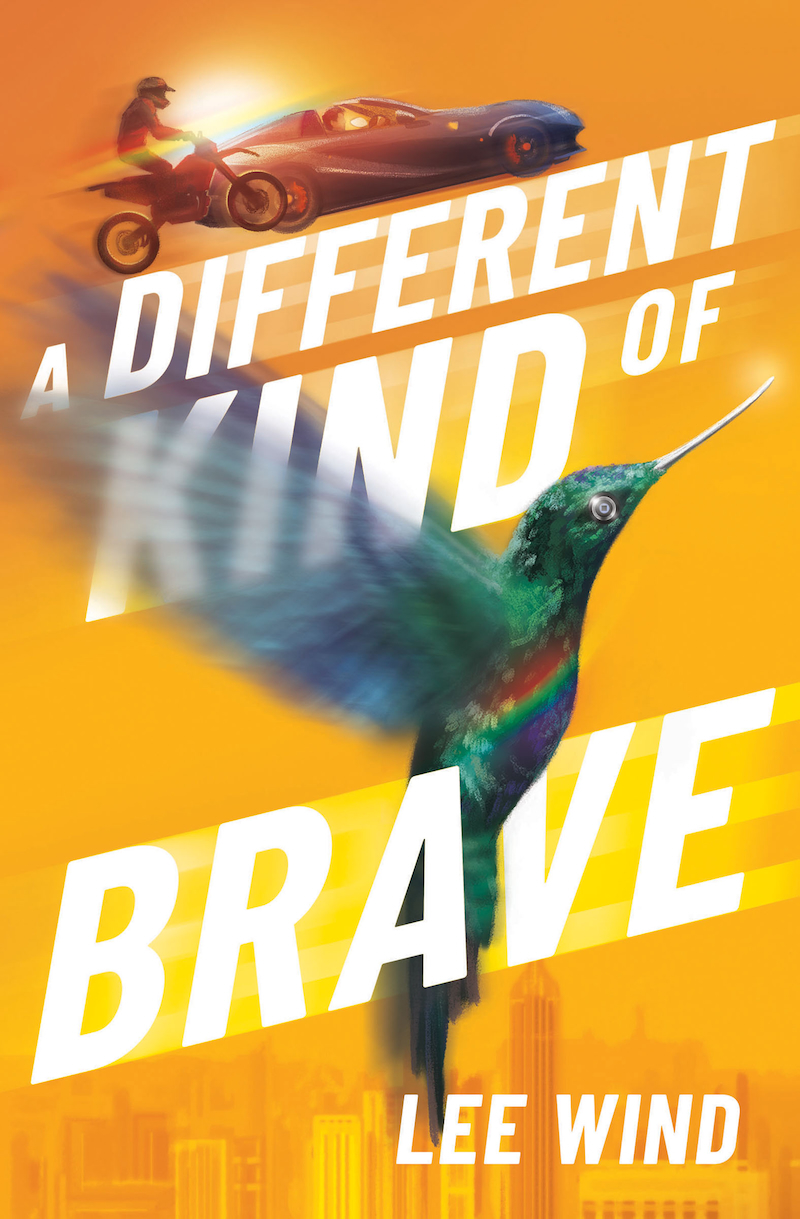
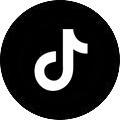




0 Comments